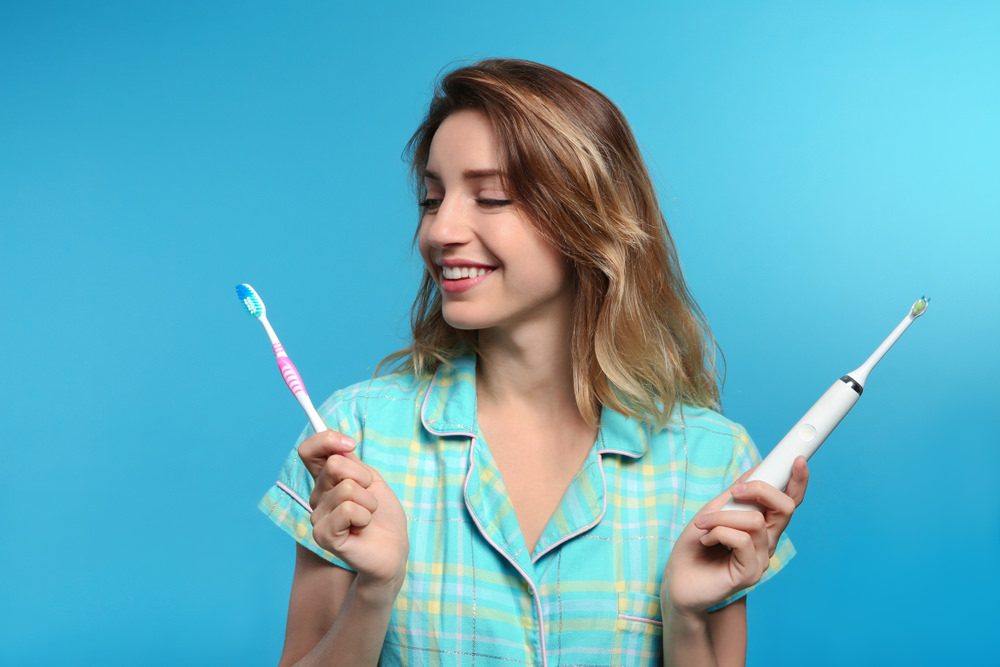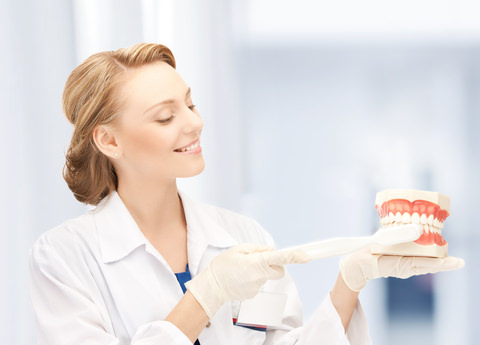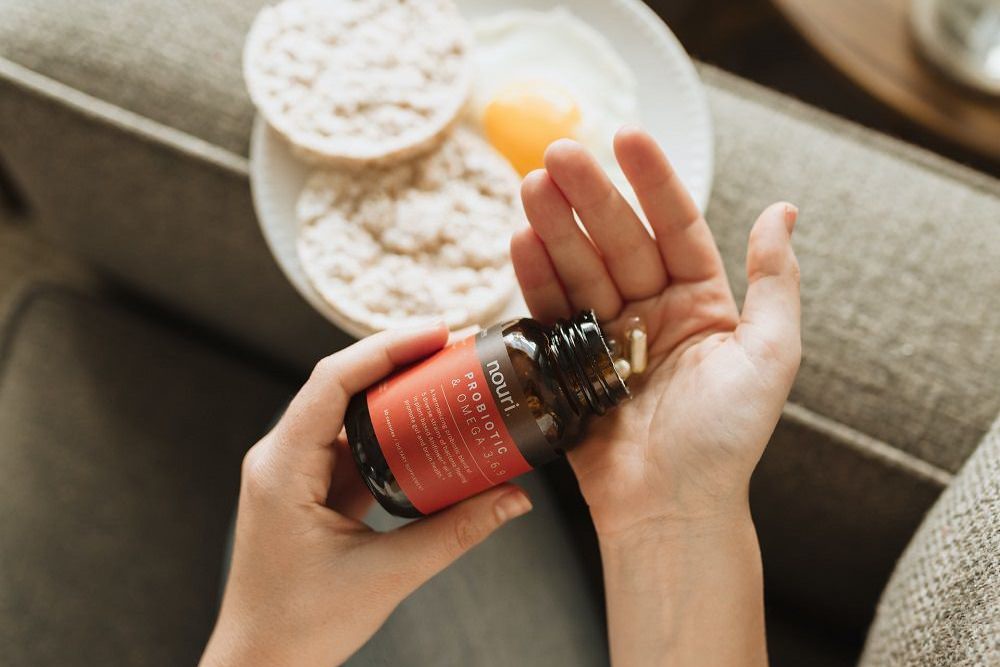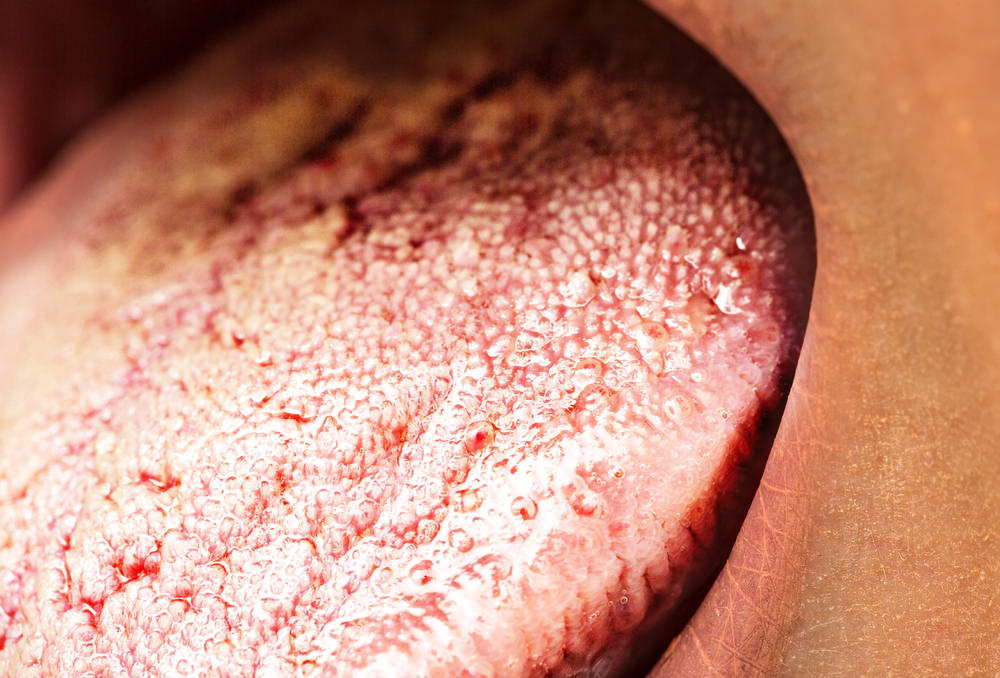What Makes a Great Toothbrush?
The best thing you can do for your mouth is clean in between your teeth. Whatever that takes – floss, interdental brushes, or most importantly, the right toothbrush.
However, this cleaning must be done gently, because the connection of the gum to the tooth is sacred.
If you are putting too much pressure on where that gum is connected to the tooth, you are harming your teeth.
There are many things that you may have read, or probably even performed, that can cause your teeth more harm than good.
Such as brushing too hard, using really strong detergents to clean your mouth, using baking soda to whiten your teeth, and more.
These are all unnecessary methods.
What is really important is to just choose a great toothbrush.
Today, I will explain how and where you can find one.
What are the Types of Things I Should be Looking for in a Toothbrush?
The most important types of things to look for in your toothbrush are those that will control bacteria.
These include;
#1 Forces
If you have a hard or medium toothbrush, the force is too strong on your teeth.
The strength of the bristles could damage the connection between your gums and your teeth if you brush too hard.
Always watch your forces – a toothbrush with softer, gentler bristles is better, as is brushing your teeth in a gentler way.
#2 Infection
Your toothbrush must be removing the debris between your teeth and gums, otherwise, it is basically useless.
Be sure to check the head on your toothbrush.
Small, round heads will only touch the surface of your teeth instead of getting in-between them, leaving them inadequate to clean the tooth.
In this instance, size does matter – your toothbrush needs a full head, but still needs to fit comfortably in the mouth, especially for children.
It should easily cover the surface of your tooth, at best touching more than one tooth at a time.
Having a head the proper size will ensure it manoeuvres around your teeth easily and gets into those hard to reach places.
#3 Electric or manual?
There are no figures out there to prove which toothbrush is better.
Some people with certain health concerns may need an electric toothbrush instead of a manual one as they no longer have the required strength in their hands needed to brush their teeth.
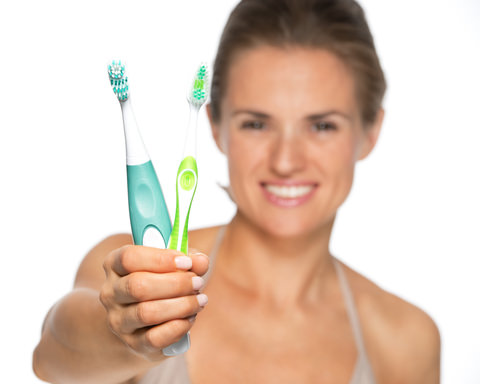
Electric or Manual Toothbrush?
However, some dentists’ will not recommend an electric toothbrush as the force can be too strong on your teeth.
If you do use an electric toothbrush, try to use an ultrasonic toothbrush.
These vibrate at a very high frequency, but they have an automatic cut-off point, so when you put the toothbrush too strongly onto your teeth, it will just cut off.
This stops those forces that can damage your teeth and gums.
#4 Bristles
A good number of bristles on a toothbrush is important.
Basically, anything that can remove the bacteria and debris in your mouth without harming it is something that you should look for in a toothbrush.
Bristles should also be soft to protect your gums and the enamel of your teeth.
#5 Handle-size
Choose a comfortable handle size, to ensure the toothbrush fits into your hand easily and is long enough that you are able to use it to reach your back molars.
Are there Things I Should Avoid When Brushing my Teeth?
There is a lot of new research that has recently come on the market about how we may be removing the good bacteria from our mouths, along with the bad bacteria.
These are things that you have possibly been doing thinking they have been helpful for the health of your mouth, teeth, and gums, but are actually causing it more harm instead.
These include;
Using Astringents or Detergents to Clean Your Mouth
These actually just clean the whole mouth, and whilst doing so, you are removing the good bacteria from the mouth along with the bad bacteria.
The good bacteria are used for re-mineralising the tooth enamel, so if you are using really strong detergents or abrasives, you may be doing more harm than good to your mouth.
Using Baking Soda as a Natural Remedy to Clean & Whiten Your Teeth
This is another force that is just too strong.
When brushing your teeth after applying the baking soda, it is too rough and can damage the connection between your gums and your teeth.
The baking soda also changes the pH levels in your mouth and strips the enamel from your teeth.
Once this enamel has been removed, it cannot grow back.
Brushing Your Teeth Too Hard
You may brush your teeth hard rather than gently, or even with a hard rather than soft toothbrush, thinking it will help whiten them.
What you are actually doing is stripping your teeth of their enamel, and once the enamel is gone, it is gone for good.
The inside of your teeth are actually yellow, and the more the enamel is stripped, or the harder you brush, the yellower your teeth become.
What else can Help Keep my Teeth Clean and Healthy along with my Toothbrush?
There are some great new kinds of toothpaste on the market, that actually supplement the good bacteria in the mouth.
This means you will not be stripping your mouth of all the good bacteria it contains.
Ask your dentist about these for more information.
You should already know that you should be brushing your teeth twice daily – morning and night.
But do you know exactly how you should be brushing your teeth?
Many people do not know the correct techniques for brushing their teeth, and so maybe doing themselves more harm than good.
Here, we give you a few hints on the most effective ways for you to brush your teeth, as recommended by both dentists and the Australian Dental Association;
- Hold your toothbrush at a 45-degree angle against your gum-line
- Brush each tooth (or up to two or more at a time, as your toothbrush allows), using a soft, gentle, circular motion
- Ensure each tooth is brushed well, and when finished, flick your toothbrush down (away from your gum line)
- Ensure all of your teeth and all of their surfaces (including the outer, inner and top surfaces) are brushed in this same way
- Repeat this circular brushing motion on your tongue
You should find that this whole process takes about two minutes to complete.
A good way of judging the timing, especially for children who are just learning how to brush their teeth, is to find their favourite song that is roughly two minutes in length.
Play it whilst they are brushing their teeth, to make sure they are brushing for long enough.
As part of your oral care regime, you should also remember to floss every day, to remove any debris that may still be stuck in-between the teeth and gums.
How Often Should I be Replacing my Toothbrush?
You should replace your toothbrush as often as possible.
This should be at least every three months unless it is damaged beforehand.
An old or damaged toothbrush will just not clean your teeth as effectively and will be doing your teeth more harm than good.
When out of date, their bristles may be squashed and pointing in the wrong direction.
Thus, they will not remove the debris as necessary.
Where can I Find a Great Toothbrush?
Visit www.mouthwatchers.com.au for great toothbrushes for both adults and children.
These toothbrushes have been recommended by some of the world’s top dentists’, including famous dentist Dr. Gordon Christensen.
These toothbrushes were made by another top dentist, Dr Plotka, who has been practising Dentistry for over 40 years.
Made from patent flossing bristles that are 1/1000th the width of a human hair, they are able to reach every area of your teeth and gums with over 2000 bristles on each brush.
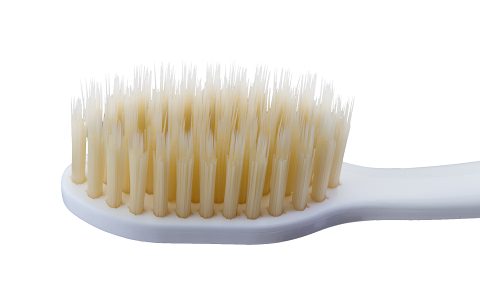
A Close up of a Mouthwatchers Toothbrush
They are soft and antimicrobial, meaning they kill 99.9% of the bacteria on the brush within a 6-hour timeframe, and they do so naturally by the bristles which are infused (not coated) with Silver.
This also prevents any heavy metals from leaching into your body. Everything about the Mouthwatchers brush is guaranteeing you a safer clean every time.
Conclusion
There are a lot of toothbrushes on the market, but it is very important that you actually take the time to choose one that is right for you and your mouth.
A toothbrush that will effectively remove the plaque and debris from your teeth, without damaging that sacred connection of the gum to the tooth.
If you find a toothbrush with plenty of soft bristles and with a full head that fits comfortably into your mouth and covers the surface of your teeth.
The handle must also easily be manoeuvre around your mouth and get into those hard to reach places.
If you’ve found all of these attributes you’ve hit jackpot!
Now just ensure you treat it and your teeth with care, brushing gently and changing the toothbrush at least every three months, and your smile should sparkle.
By Anthony Cade
Created at May 28, 2019, Updated at January 25, 2025


